Janmashtami Splendour: Rituals And Festivities That Bring Krishna’s Birth To Life
Lord Krishna was born on the day of Janmashtami and as I witness the various rituals in India it is lampooned with devotion, tradition, and celebration. Whether it is the midnight abhishek in temples when the statues are being washed and decorated or the exciting Dahi Handi competitions in Maharashtra, all these are an embodiment of the memory and soul of Krishna. The celebration of culture such as Ras Leela, adorned jhulas (swing) to adorn the divine child, and large processions in cities such as Mathura and Dwarka put the setting in a state of amusement and piety. Every ritual is a visual treat in terms of colours, music, and spiritual energy and Janmashtami is not just a religious affair as it is but a cultural event that any person would want to record.
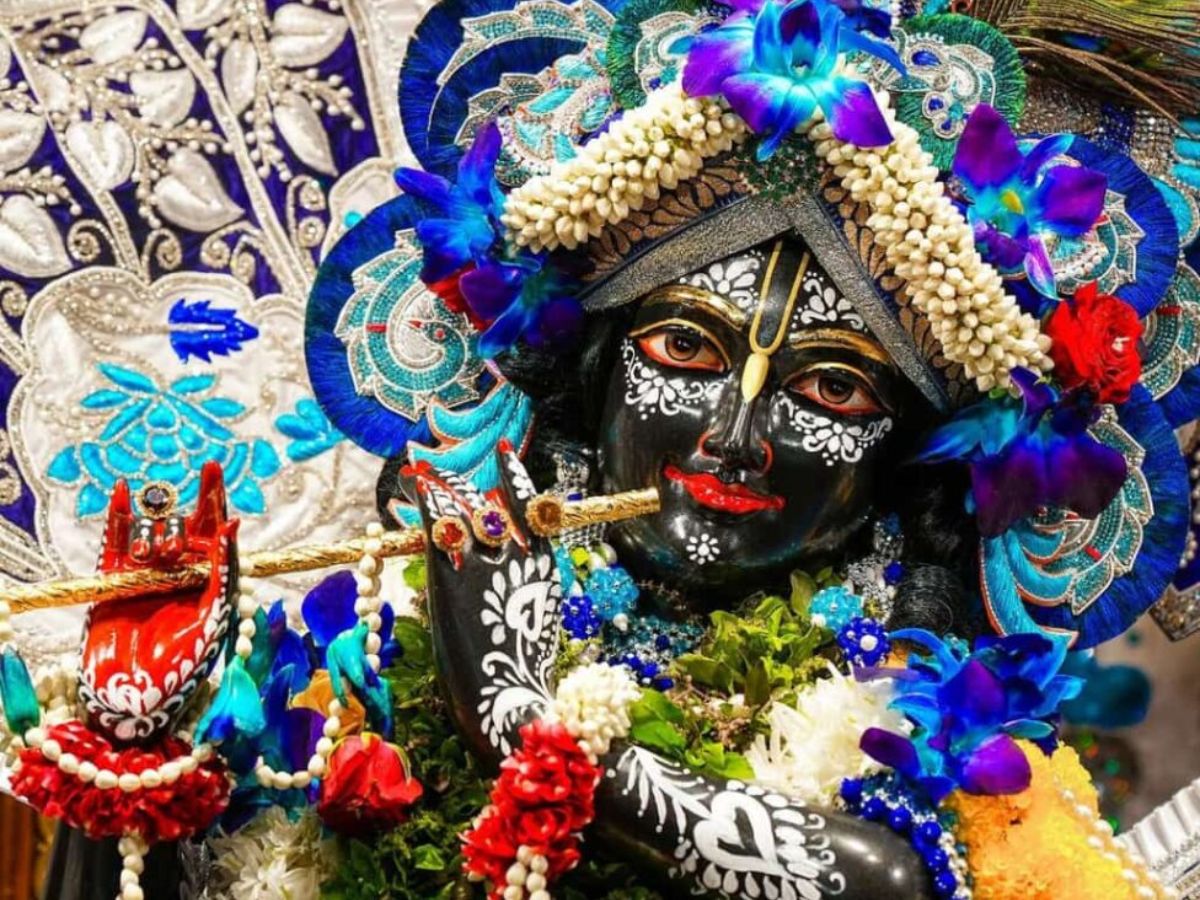
Midnight Krishna Abhishek
The abhishek (ceremonial bathing) of the idol of Lord Krishna is offered at the stroke of midnight in temples located throughout India and it is during this time that his birth actually took place. The god is showered with milk, curd, honey, ghee and perfumed water, in symbolism of purity and bytes. Unswerving followers sing devotional songs, blow the conch shell and ring temple bells, making up the atmosphere spiritually excited. Then after that idols are put in glorious clothes and decorated with flowers and jewellery. It is a spectacular ritual, particularly glorious at Mathura and Vrindavan, and a special delight to photographers, who achieve the divine expression, the elaborate decoration and the shared elation of thousands of people packed in on the occasion.
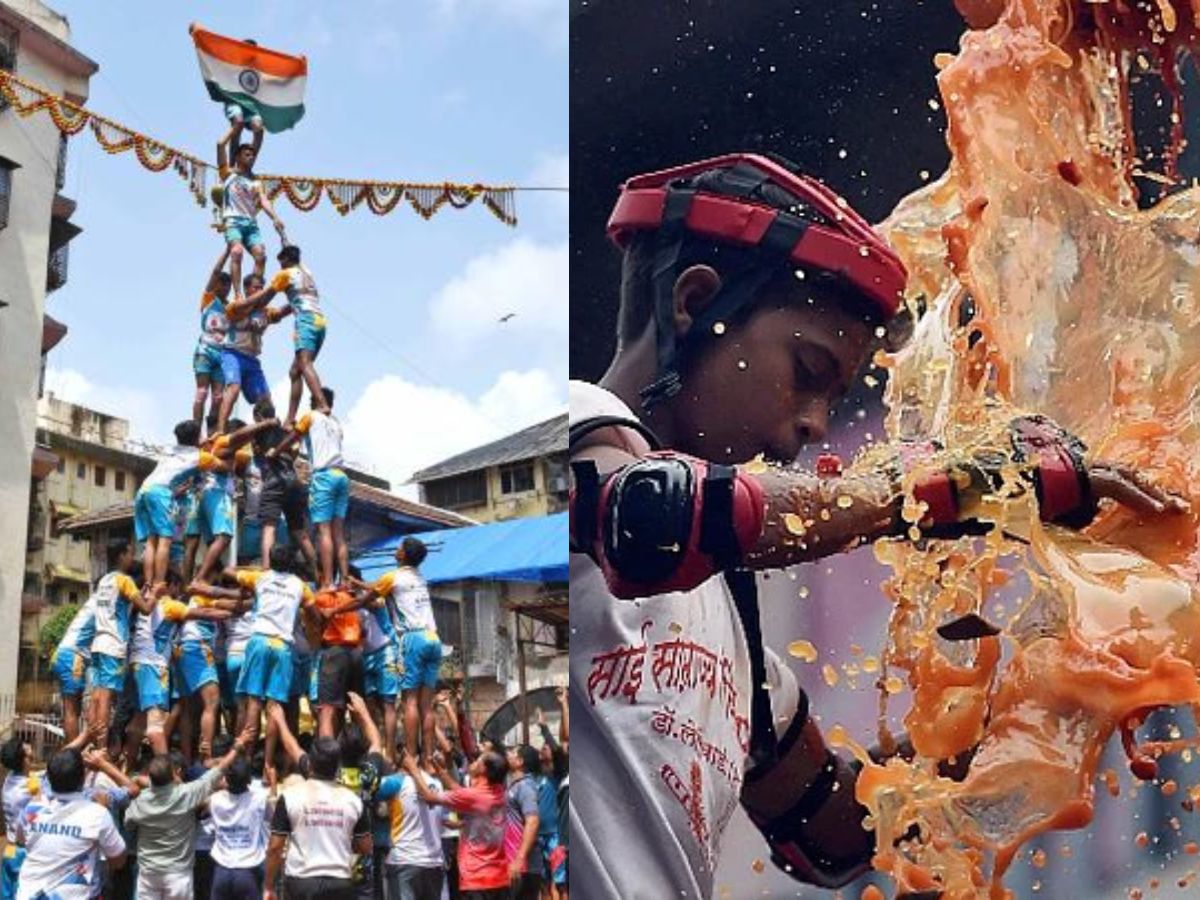
Dahi Handi Parties
Perhaps the most fun food-filled festival, Dahi Handi is a Janmashtami fun tradition that is popular in Maharashtra and a few regions in Gujarat; it is a homage to the childhood of Krishna and his love of butter. Groups of Govindas enter human pyramids, and smash a clay pot that contains either curd, butter or sweets which were suspended above the ground. As the levels increase, there are throngs of people to cheer them on and they are normally doused with water. It makes an animated photo subject due to the energy and beautiful costumes together with sheer determination of persons. Knotting together the elements of religiosity, and merriment, the festive mayhem of Dahi Handi offers to photographers action opportunities replete with movement, colour and light and jovial communal participation.
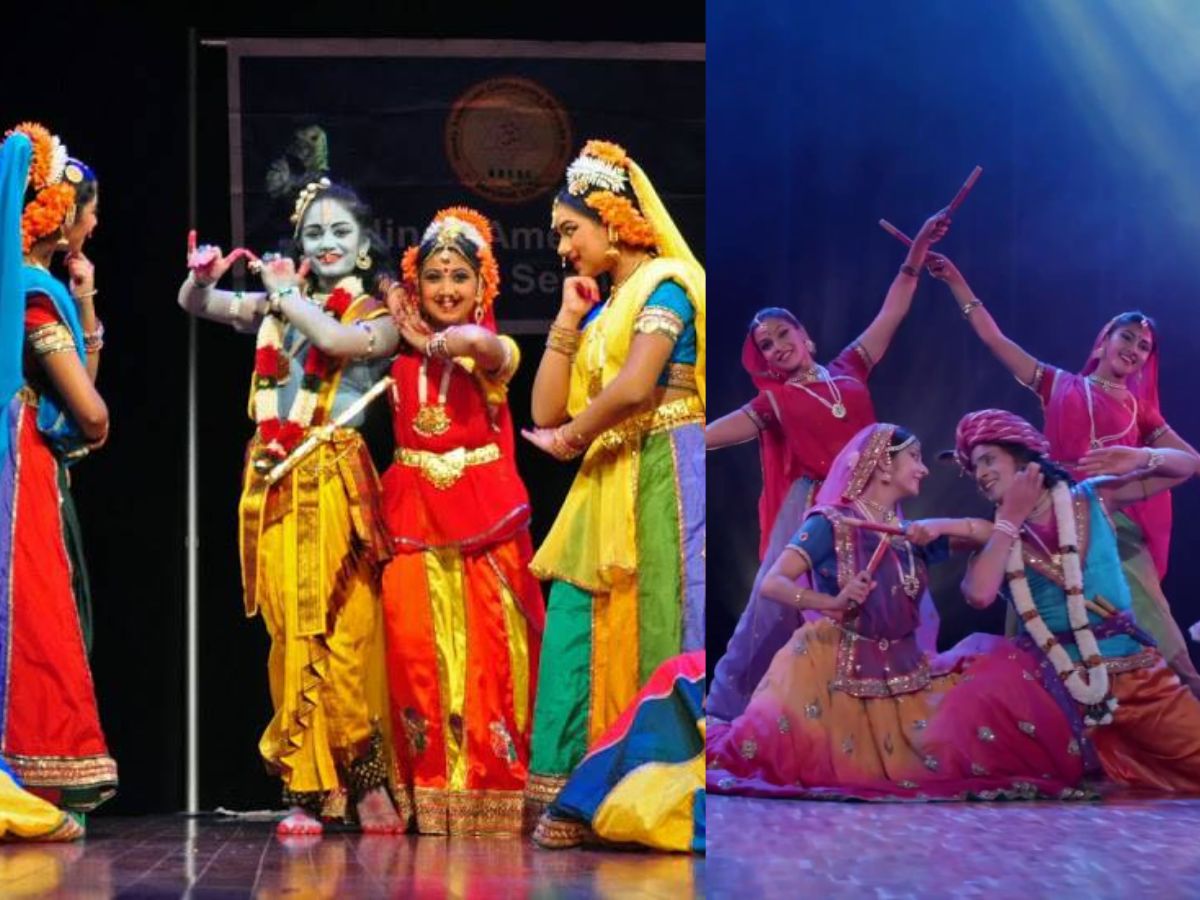
Ras Leela Performances
Janmashtami evenings in places such as Vrindavan, Mathura and Manipur include Ras Leela dramatic presentations of episodes of the life of Krishna, most particularly the playful encounters of Krishna with the gopis. Performers wear traditional outfit and dance, sing and tell stories often with live music. Open-air stages are also fully illuminated and the village backgrounds of Krishna era are created using elaborate sets. These are not only entertainment, but also offerings of devotion. To a photo gallery, Ras Leela can provide abundant visuals--flowing costumes and expressive faces and the fluid motion of dance to evoke the cultural scope and artistry that continues bringing the stories of Krishna to new generations.
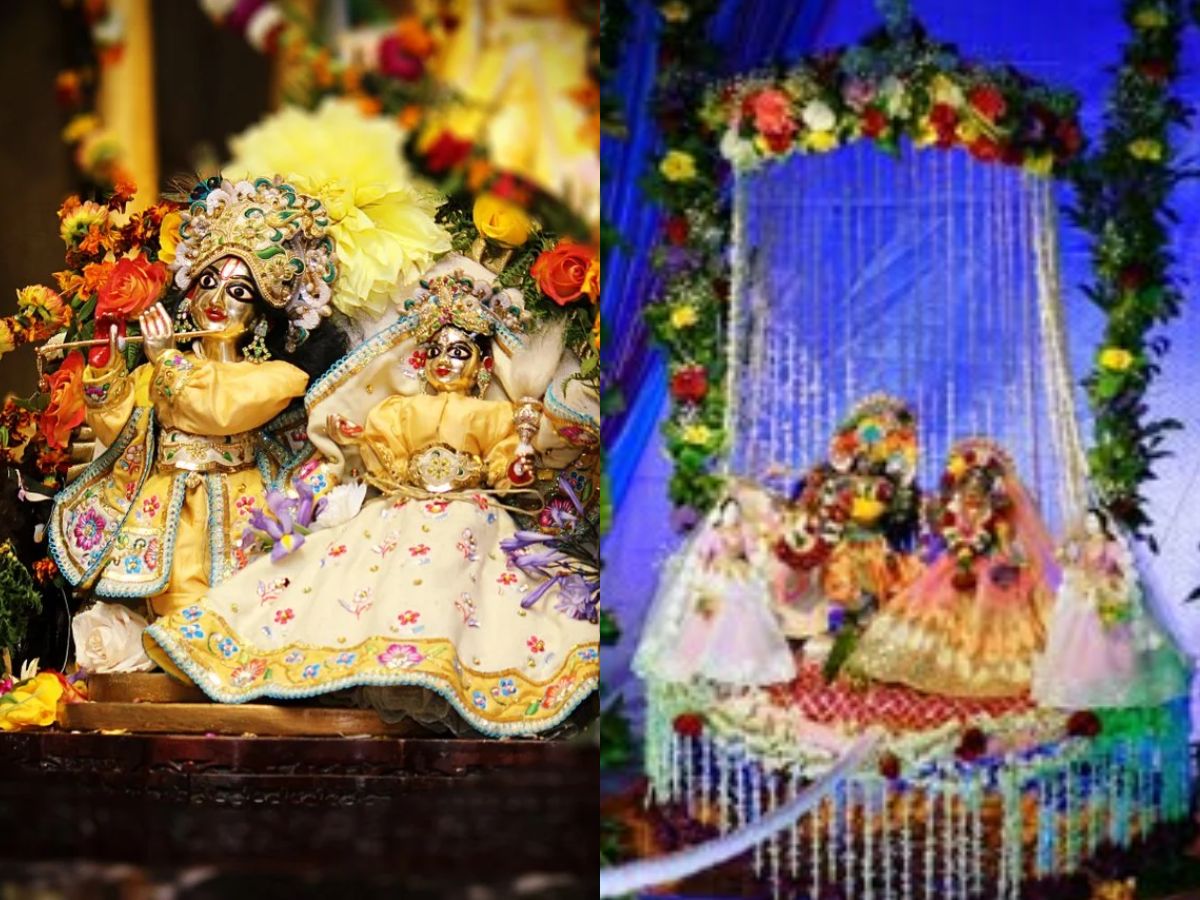
Jhulan (Swing) Decorations
Krishna statues in most temples (particularly of North India) are swung on ornate swings (jhulas) on Janmashtami. These swings are decorated with flowers, beads and coloured fabrics signifying the happiness of the arrival of the divine child. The idol is rocked by the different devotees as they sing lullabies and religious songs to the idol. The closeness and sweetness of this ceremony produces warm photography. The images of the fragile decor that is found, the peaceful faces of the filled-with-god, and the sensitive lighting of the oil lamps can all communicate the meaning of devotion and the beauty as defined by the art that is considered thusly.
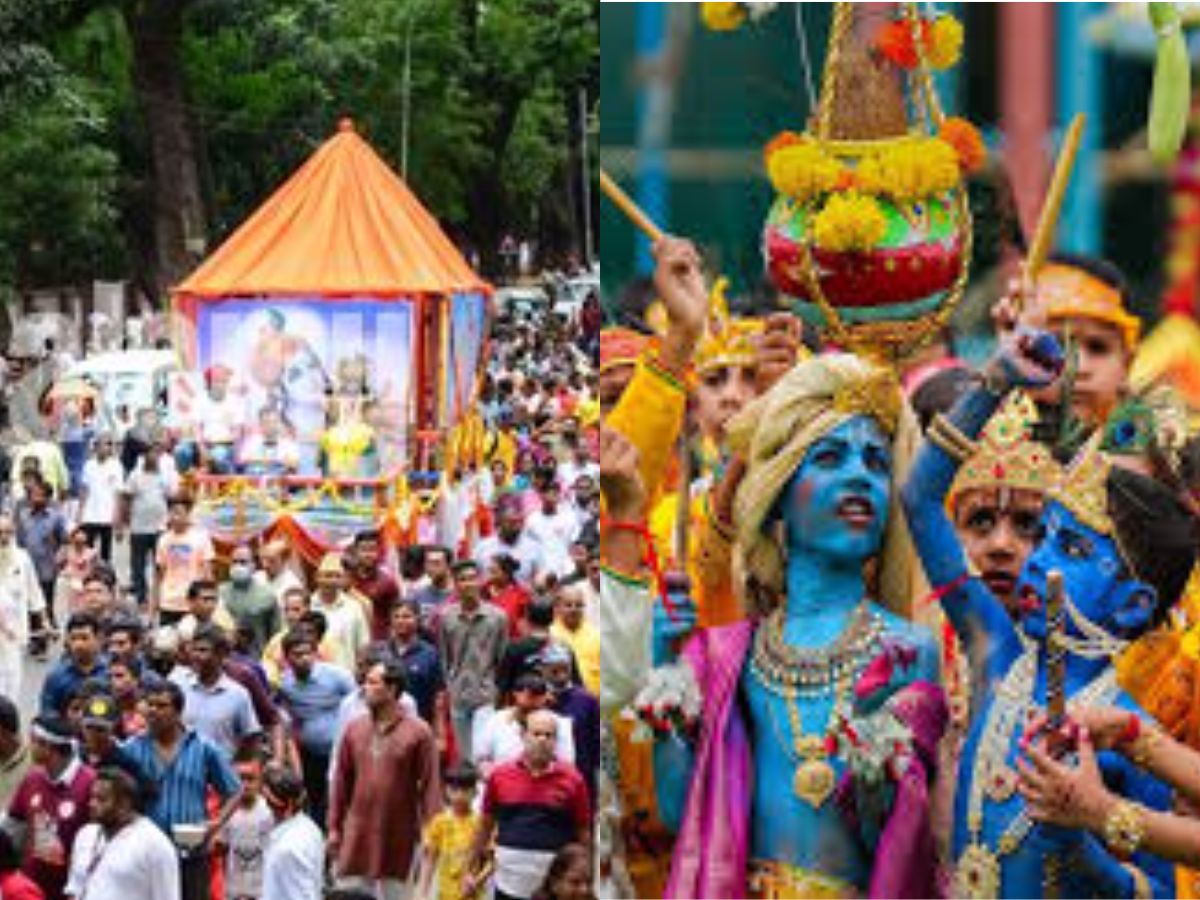
Devotional Processions
Processions become large scale, with beautifully painted chariots carrying idols of Krishna on performances in cities such as Mathura, Dwarka and Udupi. Such processions are accompanied by chanting, beat of drums and folk dances as they are escorted through streets that are lined with jubilant followers. Attendees usually dress up in folk attire and some of them even perform scenes depicting the life of Krishna. A powerful sight is created by music, movement and religious fervour. Ranging form broad perspective shots that display the whole chariot to intimate views of praying worshippers presenting flowers, such processions symbolise the togetherness, fun and colour that is also a part of the Janmashtami festivities in India.
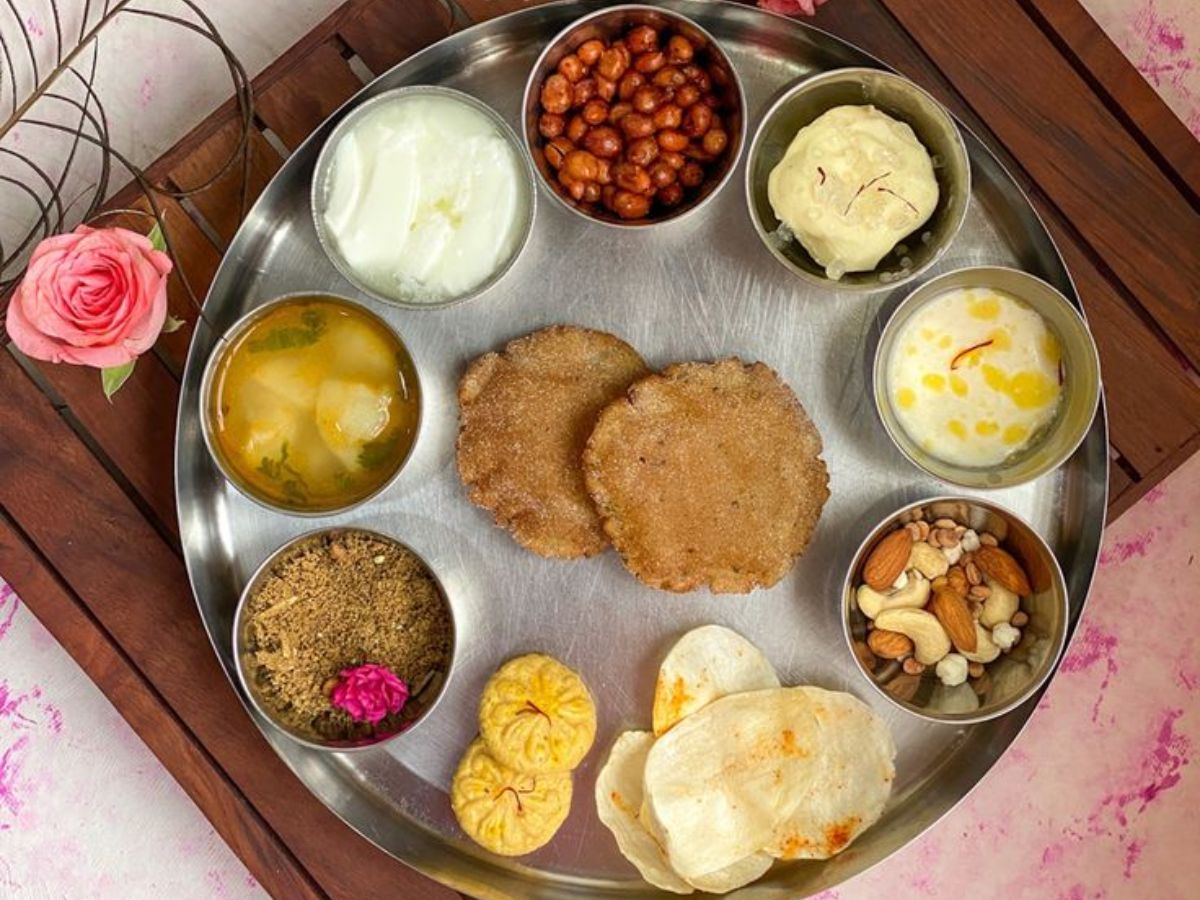
Midnight Feasting; Fasting
During Janmashtami, lots of devotees fast rigorously by avoiding grains, drinking only fruits and milk and water up to the midnight, where the birth of Krishna is believed to occur. The fast is blessed with a special bhog (offering) to the deity that usually consist of sweets such as makhan mishri, peda, and panjiri. It is then distributed among the devotees and once it is shared with Krishna who is the distributor. The situation on families and communities, which breach their fast jointly are emotion filled- captures relief, joy and devotion. As a photographer, this time presents the chance to capture close up images of people becoming closer in their love due to food and the beauty of traditional meals being served, as well as the feeling of spiritual completeness experienced in every smile.





